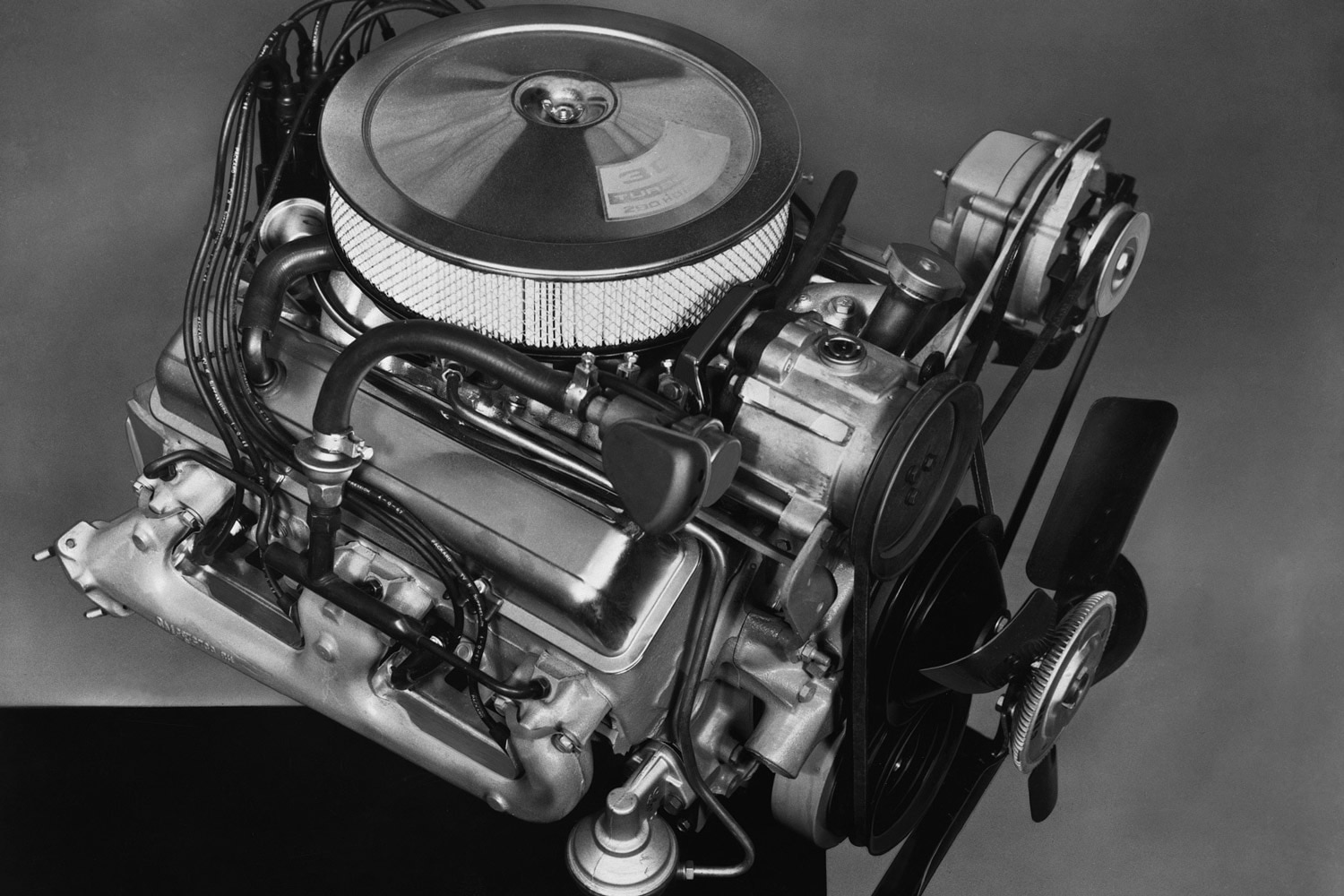What Is Engine Displacement and Does It Matter?
In an era of turbos and hybridization, the size of an engine doesn't tell you as much as it once did.
 Chevrolet
Chevrolet
Article QuickTakes:
An internal-combustion engine’s displacement is the combined volume of air moved — or displaced — by the pistons in its cylinders. There was a time when automotive bragging rights were measured in cubic inches of displacement — the bigger the engine, the bigger the explosions it could create, and the more power it made. But there’s more to the story now, thanks to the proliferation of turbochargers, superchargers, and electric assistance. Here we explain how to find the displacement of an engine and how to interpret that number once you have it.
How to Calculate Engine Displacement
To determine the displacement of an engine, you’ll need a couple of key measurements and a quick geometry refresher (or you can skip the math and simply plug numbers into one of many ).
Each cylinder of an engine is, as the name implies, cylindrical. As you might recall from high school, the formula to determine the volume of a cylinder is pi (rounded to 3.14) multiplied the radius squared times height.
In engine-speak, the height of the cylinder is known as the stroke. That’s the distance the piston travels up or down the cylinder. The radius is equal to half of the cylinder’s bore, which describes the diameter of the hole drilled, or bored, into the engine block to accept a piston. These dimensions are the same for each cylinder in an engine. To get the total displacement then, multiply the volume of one cylinder by the number of cylinders the engine has.
Back in the 1960s and ’70s, U.S. automakers talked about engine size in cubic inches, often advertising it directly on the vehicle in the form of badges or even as part of the model name as with the Ford Mustang Boss 302 and 429. Today’s preferred automotive displacement units are expressed as liters or cubic centimeters.
For example, a four-cylinder might have a bore of 8.25 cm and a stroke of 9.28 cm. Plugging those numbers into our volume equation gives us a displacement of 1,984 cubic centimeters, which rounds up to 2.0 liters.
Does Engine Displacement Matter?
When vehicles were simpler — before hybridization and forced induction became so popular — displacement gave you a pretty good idea of how much power an engine made relative to another. An increase in size brought a roughly proportional increase in output, but that’s not necessarily the case today.
In modern cars, engine displacement is less of a clue to a powertrain’s output. Automakers are now getting more out of less, downsizing engines and augmenting them with power boosters such as turbochargers, superchargers, and electric motors. As a result, the engine is just one part of the performance equation. Take the 2023 and 2021 Chevrolet Silverado as an example: the full-size truck recently replaced its standard V6 with a turbocharged four-cylinder. With the aid of a turbocharger, the 2023 truck’s 2.7-liter four-cylinder example can make as much as 310 hp and 348 lb.-ft. of torque, while the 4.3-liter V6 found in the base 2021 Silverado only made 285 hp and 305 lb.-ft. of torque. In the case of hybrids, the addition of electric motors adds a variable that’s completely independent from engine displacement.
So yes, displacement does matter to the engine, but it probably matters very little to you. When shopping for a vehicle, you should focus on a vehicle’s output — horsepower and torque — more than cylinder count and engine size.



